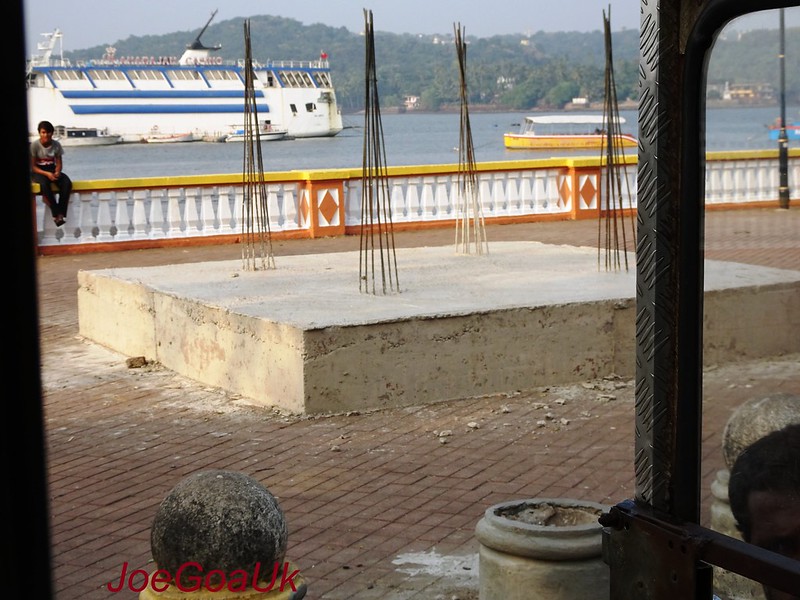Concrete is prepared from four main ingredients; Portland cement, sand, gravel, and water. It is very important to get the concrete structurally right. The structural precision of the concrete requires suitable water quantity, the right amount, and placements of rebar, compression strength above the required amount, and tension support on the right places provided by rebar. The compressive strength of concrete is referred to as the amount of weight it can carry without breaking. The tension strength means the amount of stress that it is put through without breaking. Concrete has a compression strength of 4000 pounds per square inch, but it has 10 percent of tensile strength which is not even close to the requirements of buildings. For this purpose steel bars known as rebars are added to the concrete structure to provide the necessary tension in the building.
The addition of water in the cement mixture is highly important. The purpose of water is to hydrate the cement, and slightly thin the mixture. Too much water might weaken the concrete building while too little will not let the concrete mixture flow properly. The water is required around 30 to 45 % of the actual material for the hydration of cement. If the water is added to much in the mixture, it will stay in the mixture and evaporate once the structure is created, it will then escape leaving voids in the concrete structure. That is the last thing anyone wants. However occasional voids still occur in concrete but are not a worrisome problem.
The rebar and concrete share the burden of working together. Hence it is necessary to accurately place them otherwise the tension of concrete will not be supported and it may crack. Column footings can prevent this from having rebars in their tension side. The tension side varies structurally. If the slab needs supporting its tension side is at the bottom of the column footing. If it is a large building or a skyscraper the tension side will be on top of the column footings. Also, the concrete coating around the rebar prevents it from corrosion.
Expansion and contraction must be kept in mind for the correct concrete structure. If concrete and rebar are not paid attention with respect to the process of expansion and contraction while building a structure it can break the structure completely.
The size of rebar should be accurate with respect to the structure i.e. its height, weight and diameter.
To find out if one has the rightly structured concrete, there are quite a few testing processes for this purpose. The concrete slump test is one of them, which tests the workability of the concrete. By workability, it means to rest the density and flow of the concrete mixture. A right concrete mixture will flow properly and will fill the form correctly, leaving as little voids as possible. The wet concrete is placed in a steel cone form and placed on a non-absorbent surface, with the wider portion of the cone being down. The steel cone form is then lifted off, allowing the wet concrete to slump down a bit, depending on the mix design. A dry mix may only slump 1” to 2”. Normally specified slump is around 4”. Slumps of 6” to 7” can be achieved through the use of high range water reducing agents (super-plasticizers). Or you can simply purchase a ready mix concrete mixture.
We have one of the best concrete companies on island in Honolulu and we would love for you to visit us at https://www.honolulu-concrete.com where we always put the customer first!
